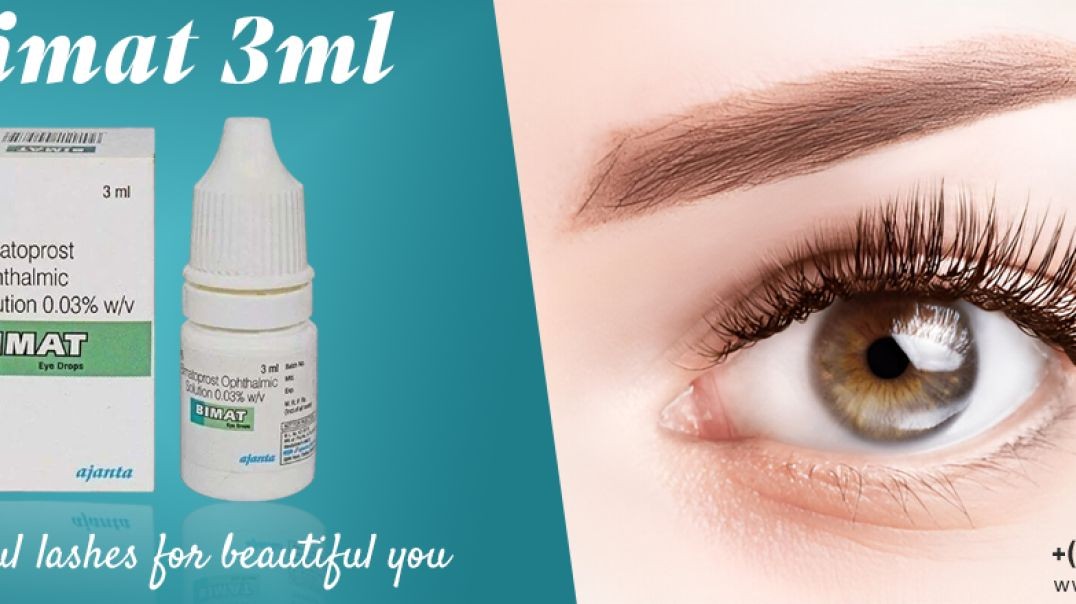Top videos
The video is about the evolution of the anatomic UCLA laparoscopic technique over 1325 cases and demonstrates the key steps of our operation to improve patient safety and outcomes.
Learn more at http://urology.ucla.edu
For more information, visit https://ukhealthcare.uky.edu/doctors.
World-renowned surgeons at Shriners Hospitals for Children – Northern California provide complex pediatric surgery for children one-year and older with congenital and acquired conditions. Children from throughout the Western United States with chest wall malformations, gastro-intestinal disease, ano-rectal disorders, urologic conditions and other complex surgical needs benefit from the expert care. The pediatric surgery team is devoted to the development of innovative and minimally invasive surgical techniques.
Learn what's working for other Nursing Students! Check out our Top 10 Most Popular Lessons Here: https://bit.ly/3nda5u3
Get the full lesson here: https://nursing.com/lesson/ski....lls-03-04-trach-care
Welcome to the NURSING Family, we call it the most supportive nursing cohort on the planet.
At NURSING.com, we want to help you remove the stress and overwhelm of nursing school so that you can focus on becoming an amazing nurse.
Check out our freebies and learn more at: (http://www.nursing.com)
Trach Care Overview (Nursing Skills):
In this video we’re going to look at trach care. Remember you should always suction the patient before trach care, so if you haven’t watched that skill video yet, make sure you watch it!
Click here: https://nursing.com/lesson/ski....lls-03-03-trach-suct
And remember as you’re doing this, you want to be assessing the stoma for signs of infection or skin breakdown.
Bookmarks:
0:00 Introduction
0:30 Set up sterile field
1:00 Apply gloves
1:12 Remove inner canula and dressing
1:30 Apply sterile gloves
2:05 Clean secretions
2:56 Clean stoma
3:48 Replace inner canula
4:14 Change trach ties
5:50 Apply dressing
Visit us at https://nursing.com/medical-disclaimer/ for disclaimer information.
NCLEX®, NCLEX-RN® are registered trademarks of the National Council of State Boards of Nursing, INC. and hold no affiliation with NURSING.com.
Sildalist 120mg is one of the brilliant alternatives which can easily treat your ed among many medicines available in the market.This medication has really performed well concerning your issues with ed and you have done much to make your life more happening. It contains two ingredients-100mg Sildenafil citrate, 20 mg of tadalafil. Both are potent active ingredients and belong to the same class that is known as PDE5 inhibitors class. You can purchase Sildalist 120 mg online in Australia. They help increase the blood flow towards the genital organ of a male, thus helping attain firm erection enough for intercourse. It's specifically made for men, thus the usage of this medicine does not lie in the hands of women and children. Boys below 18 cannot have this.There are a few mild side effects also which you have to face like headache, nausea, vomiting, flushiness etc but in case if you are facing some severe side effect then you must rush to your doctor immediately and stop taking this medicine. The foremost thing which you have to note is that you are not allergic to any of the ingredients available in the drug. If you are allergic to the same, then you should not take it.Buy Sildalist 120mg online at our web store https://www.firstchoicemedss.c....om/sildalist-120mg.h
Bimat 3ml (Bimatprost Opthalmic Solution) is an effective solution to resolve the problem of Glaucoma. It comes with an active substance of Bimatprost Opthalmic Solution 3ml.
Buy Now : https://tinyurl.com/buy-bimat-3ml-eye-drop
#rsmenterprises #health #healthcare #bimat3mleyedrop #bimatprosteyedrop #eyedrop
The words “laparoscopic” and “open” appendectomy describes the techniques a surgeon uses to gain access to the internal surgery site. Most laparoscopic appendectomies start the same way. Using a cannula (a narrow tube-like instrument), the surgeon enters the abdomen. A laparoscope (a tiny telescope connected to a video camera) is inserted through a cannula, giving the surgeon a magnified view of the patient’s internal organs on a television monitor. Several other cannulas are inserted to allow the surgeon to work inside and remove the appendix. The entire procedure may be completed through the cannulas or by lengthening one of the small cannula incisions. A drain may be placed during the procedure. This will be removed later by your surgeon.
Examination of the shoulder
How to apply and safely remove a plaster cast
A video showing the insertion of chest tube
The In-Line vasectomy is a minimally invasive, all cautery procudure. The ILV instruments were standardized by measurement and design to perform specific functions within a 4mm space.The procedure is rapid and reliable.
The period between stages one and two of labour
Cannula are often introduced into blood vessels in 80% of patients in the hospital for treatment. This can be a daunting experience to patients and stressful to doctors as multiple attempts are used. This may result in introducing spreading MRSA, E Coli & Chlostredium living on your skin into blood and results in Invasive MRSA infection.
Skin is often not adequatly cleaned during subsequent atempts as doctors/nurses do not wait for 1 min after applying cleaning solution on the skin before they puncture your skin.
Multiple punctured sites allow CA-MRSA to enter blood stream resulting in bacteremia and death.
Our mission is to reduce spreading invasive CA-MRSA in the hospitals by developing alternative technique to introduce cannulae.
Medifix was created by doctors with a mission to reduce the threat of spreading antibiotic resustant bacteria to mankind.
Video of surgical management of cleft lip
The endoscopic removal of a large intramaxillary sinus cyst which contained serous like fluid and many shiny falt white cholesterol crystals.
Histology of the Thyroid gland
Endoscopic crushing of a bladder stone
Highlights of a fetal laser surgery for twin-to-twin transfusion syndrome (TTTS) will be shown from Tampa General Hospital
TTTS affects 10 to 15 percent of identical-twin pregnancies and is the result of abnormal blood exchange between identical twins through a common placenta. The larger of the twins, or recipient, is surrounded by too much amniotic fluid and in danger of heart failure as its body tries to pump the overwhelming volume of blood intended for both. The smaller, or donor twin, is encased in a shrinking amniotic sac deprived of blood. Without treatment, both will likely die.
Rubén Quintero, M.D., Medical Director of Maternal Fetal Medicine/Fetal Surgery at Tampa General Hospital and Professor and Director of the Division of Maternal Fetal Medicine, Department of Obstetrics and Gynecology, University of South Florida College of Medicine will narrate the procedure and answer e-mail questions live as taped highlights of the procedure are shown.
Loyola Full Thorax Exam Part 1 A video from Loyola Medical School, Chicago showing the medical and clinical examination of the respiratory system.




















